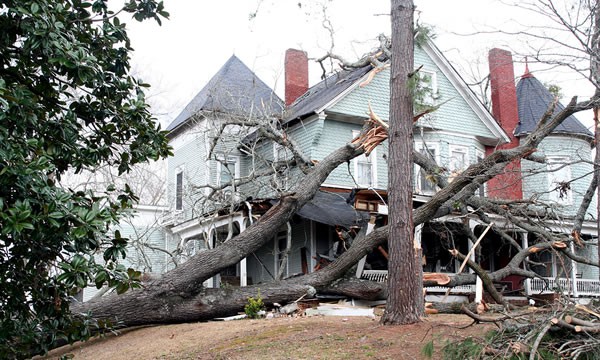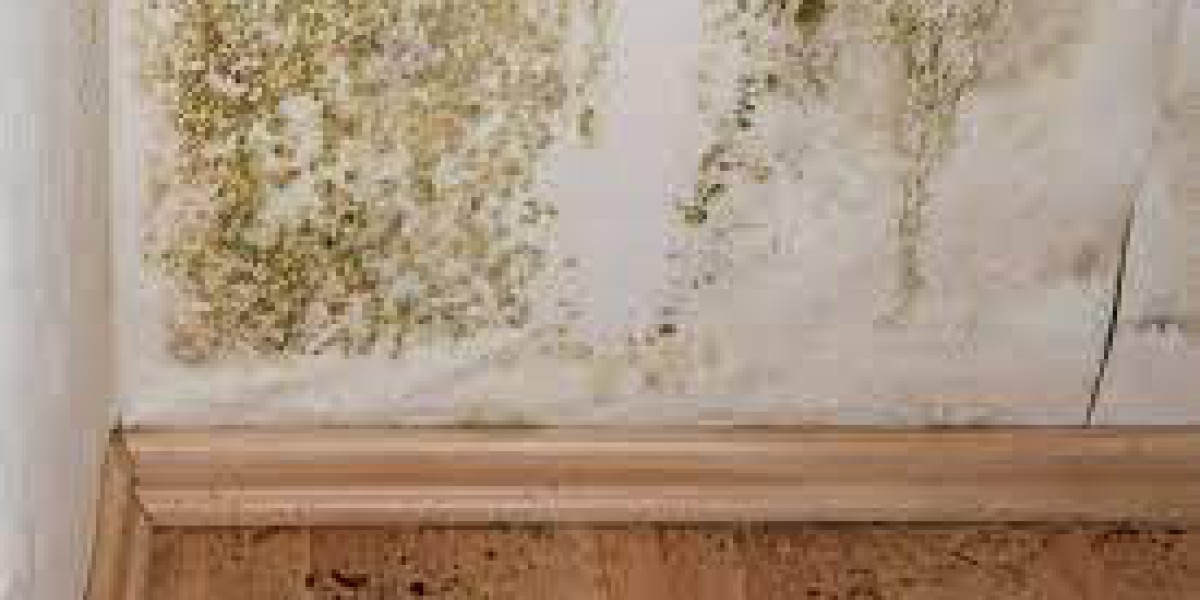Whenever mold appears in your home, it is tempting to take matters into your own hands. While do-it-yourself mold remediation may save money and provide a temporary solution, it is equally easy to make mistakes that lead to much larger issues later on. Improper handling of mold could just perpetuate its spread, further worsening health risks, or result in costly future maintenance. Here is a guide about the most common mistakes in DIY mold remediation and ways in which you can avoid them.
Failure to Address the Moisture Source
Arguably the worst mistake in mold remediation, treating mould without identifying and repairing the moisture supply that caused it, will only make mildew constantly come back because mould grows in a wet environment. If there is a leak, high humidity, or poor airflow, the growth and infestation of mold will keep occurring. The moisture source needs to be identified and fixed before attempting any mold cleanup.
Check for leaks around windows, pipes, and roofs, and check areas such as basements, bathrooms, and kitchens where it is common to have humidity. Use fans or dehumidifiers to maintain low moisture, especially in rooms prone to dampness. Without fixing the moisture problem, your mold cleanup efforts will probably be short-lived.
Underestimating the Extent of the Mold Problem
The other very general mistake made is considering how much mold has actually spread. Individuals see mold on the surface and think it is a small problem. However, mold can grow from behind walls, underneath the floor, and inside insulation-one cannot see it. Lack of inspection in hidden areas results in partial remediation whereby mold is left to continue its growth out of sight.
Also, ensure that the problem will be checked accordingly. Provide a proper check around it and keep your nose open for symptoms such as a musty odor, discoloration, or warped material. If you are unaware of how much mold you have, remember that a professional should be contacted to do a more proper check, especially when mould is covering more than 10 square feet.
Bleach on Porous Surfaces
Bleach is a common do-it-yourelf mistake to kill mold on porous surfaces, including drywall, wooden, or fabric. While bleach is effective on non-porous surfaces, including tiles and glass, it doesn't paint well on porous materials. Bleach kills mold on the surface but does not reach the mold roots, which are sometimes deeply embedded in porous surfaces. It only means mold will often regrow after a bleach treatment.
Instead, a solution of detergent and water should be used or a commercial mold cleaner that is specifically formulated for porous materials. Vinegar is a very effective option, too, in the removal of mold as it reaches the inside part of the porous surface and helps prevent mold from coming back. Always remember to dry up the area as much as possible after cleaning.
Failure to put on appropriate protective gear
Mold spores can cause skin irritation, allergic reactions, and breathing problems. Most people skip over the protective gear, thinking a quick clean-up won't cause any harm. You can expose yourself to mold spores along with other hazardous debris in the air with no proper protection.
Always wear gloves, eye protection, and a mask when cleaning mold, preferably an N95 respirator, to protect yourself from it. It is also a good idea to wear long sleeves and pants to limit skin exposure to mold. This will keep you safe while you deal with mould, especially in closed areas like your basements or attics.
Not Isolating the Affected Area
One pivotal error people make when attempting to do a mold cleanup on their own is not containing the mould to the area being affected. Once you start scrubbing mold, spores can become airborne and quickly spread to other areas of your house, where they can settle and begin new mold growth.
To avoid mold spreading, isolate the area in which you will be working. Block doorways and cover vents, windows, and any openings with plastic sheets. Improve ventilation with the use of fans or air cleaners, but if at all possible open windows to allow fresh air in. This will help contain the mold spores and prevent them from spreading throughout your house.

Check windows and doors.
Windows and doorways also tend to suffer from storm damage repair because of strong winds and flying debris. Check for any cracks, broken glass, or gaps in the seals. Broken windows can result in a draft that will make your house less power-efficient and grow your application bills.
Improper Disposal of Damaged Items
In handling moldy items, many take the course of simply throwing them away without precaution. This mistake can disperse mold spores as one takes the things through the house or disposed of them poorly.
For this reason, thoroughly bag mold-infested objects before their removal from the infested area. Seal them in heavy-duty trash bags for mould spores containment. Dispose of them with utmost care, especially if they were porous items like carpets, drywall, or insulation that could not be kept.
Ignoring Signs that Mold has Returned
Sometimes, mold may be apparently gone but could come right back nevertheless. Making the mistake of ignoring early signs and symptoms of mould coming back may eventually lead to large problems over years. When you notice a musty odor, new stains, or discoloration, these might be your warning signs that mould is regrowing.
Continue to expose the areas where mold transformed into formerly present, even after cleaning. If mold does reappear, reassess the area for moisture levels and reorder the steps for cleaning. Catching mold early will save you time, money, and future stress.
Not Knowing When to Call a Professional
Some mold problems are simply too large or complex for DIY approaches. If the mildew covers an area larger than 10 square feet, or if it is in hard-to-reach areas such as the back of walls or underneath the floors, that is a good time to call in the professional mold remediation service. The pros have the right equipment, the knowledge, and the protection to remove mold correctly and safely, especially in the worst scenarios.
Conclusion
DIY mold remediation can be effective if done properly, but avoiding common pitfalls is crucial. Find and eliminate the moisture source, contain the area, clean appropriately, and keep your personal protective equipment on.



